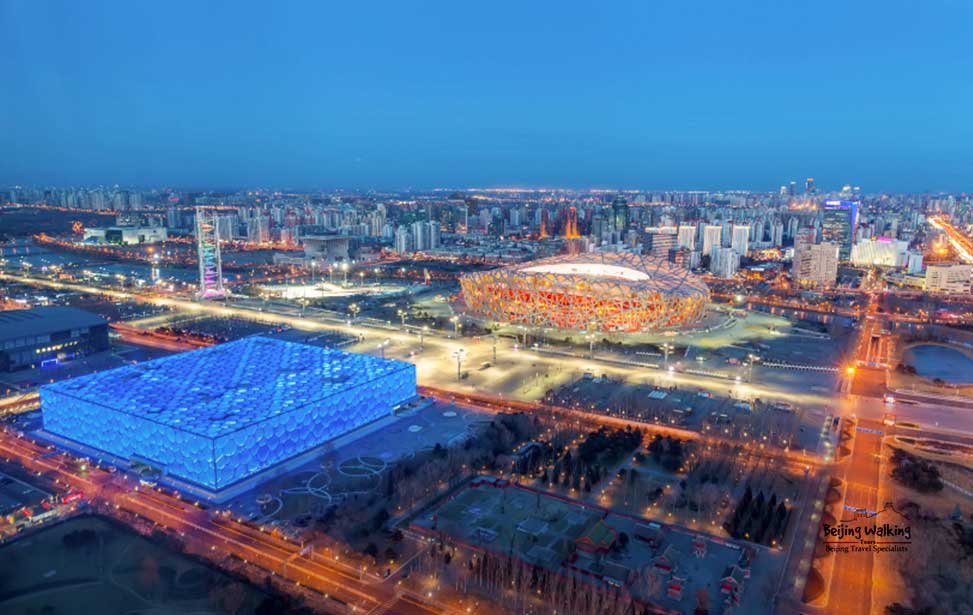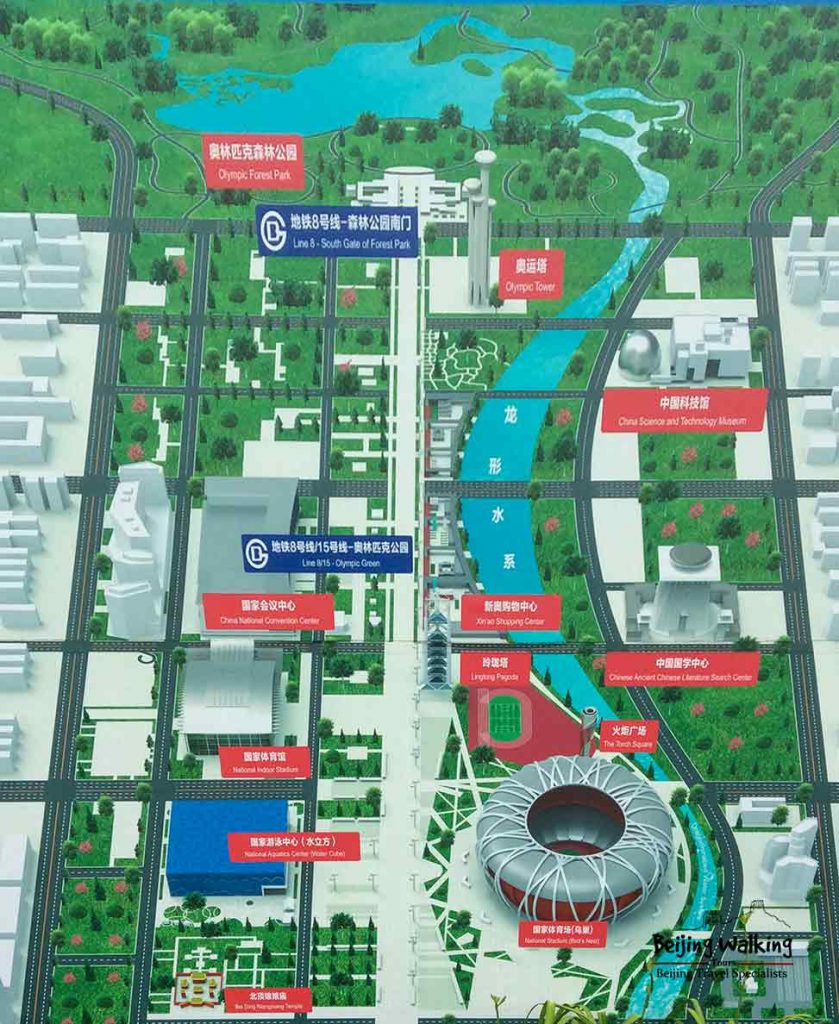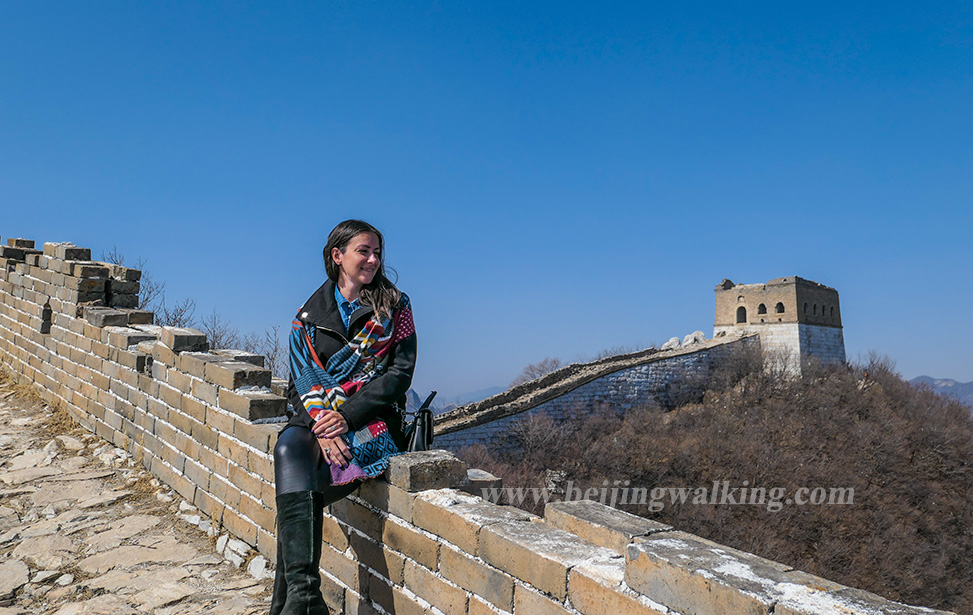Beijing Olympic Park: An Excursion into Olympic Legacy

As a local of Beijing, I welcome you to explore the grandeur of our city through this comprehensive Beijing Olympic Park Travel Guide. Home to significant landmarks and historical sites, Beijing Olympic Park is an essential stop when visiting China’s capital city. Built as the main venue for the 2008 Beijing Olympic Games, the park now serves as a multifunctional public space combining architecture, nature, and culture.
Overview of Beijing Olympic Park
The Beijing Olympic Park, also known as Olympic Green, sprawls over 2,864 acres. The park consists of three main sections. The Olympic Forest Park adorns the northern end; the central part is the hub of the main venues and facilities, and the southern end consists of the former National Olympic Sports Centre and the China Ethnic Culture Park. The park embodies the concepts of science, technology, greenery, and humanity, making it a perfect blend of modernity and tradition.
How to get there?
Subway: The most convenient way to reach the Bird’s Nest is by taking the subway. You can take Line 8 and get off at Olympic Sports Center Station (奥体中心站). From there, it’s a short walk to the stadium.
Guide Map

The Beijing Olympic Park is divided into three regions: The northern part is the Forest Park, the central part consists of main venues and supporting facilities, and the southern part is the completed venue area and reserved land.
The Bird’s Nest
The Bird’s Nest is a masterpiece of architecture with its intricate steel framework. It was the primary venue for the 2008 Olympics, hosting the opening and closing ceremonies, athletics, and football finals. The stadium, with a seating capacity 91,000, is now a professional venue for various sports and public events. Its unique structure and symbolic representation of hope for the future make it a must-visit for every traveler.
Design and Concept
The Bird’s Nest was a joint venture between Swiss Architects Herzog and de Meuron and Chinese Architect Li Xinggang. The stadium’s design was inspired by a traditional Chinese ceramic item — a circular crazed vessel. The intricate, interlocking steel framework gives the stadium its bird’s nest-like appearance, a design that the public embraced early in the project’s development.
The stadium’s structure is a blend of aesthetic appeal and functional design. The facade and structure are identical, creating a stadium that is not only visually stunning but also structurally sound. The plan also incorporates elements of Chinese philosophy, specifically the Yin and Yang theory, which emphasizes balance and harmony.
Current Use
Today, the Bird’s Nest remains a significant tourist attraction and a venue for various sporting and recreational activities. The stadium hosts over 60 events yearly, including football matches, concerts, and cultural exhibits. It also serves as the venue for the annual “Happy Ice and Snow Season” gala, which features a range of winter sports activities for locals and tourists alike.
Tickets:
100RMB per person.
Visitors are required to make real-name reservations in advance. Tourists can make real-name reservations and purchase tickets in advance through the WeChat mini-program “Chao Piao” (巢票).
Opening Hours:
Starting January 1, 2023, the National Stadium Bird’s Nest will resume tourism visits. The opening hours are from 10:00 to 18:00 daily (ticket checking ends at 17:00).
The Water Cube
Another architectural marvel is just across the street from the Bird’s Nest, the Beijing National Aquatics Center, and the Water Cube. The venue is enclosed by numerous watery bubbles, lending it the nickname “Water Cube.” It was the venue for swimming, diving, and synchronized swimming during the 2008 Beijing Olympic Games.
An Athletic’s Playground: Beijing National Indoor Stadium
The Beijing National Indoor Stadium was one of the three main venues for the 2008 Beijing Olympic Games. Today, it continues to function as a venue for various sports, making it an integral part of the Beijing Olympic Park travel guide.
Olympic Forest Park
At the northern end of Olympic Green lies the Olympic Forest Park. Covering a vast area of 680 hectares, it is the largest urban park in Beijing. The park allows visitors to marvel at contemporary architectural wonders while relishing the natural splendor.






